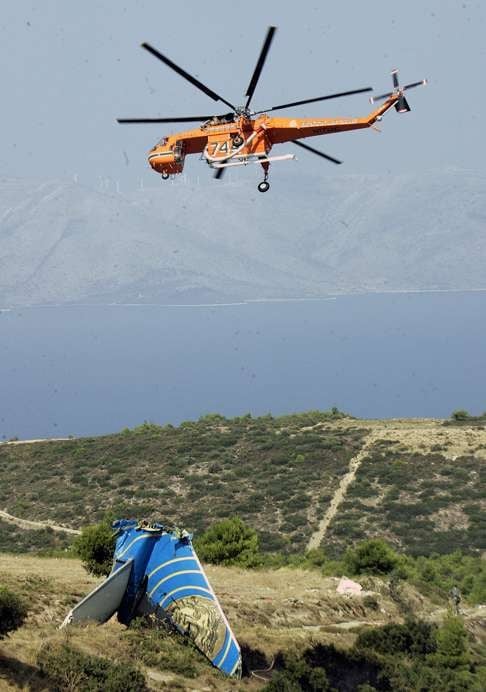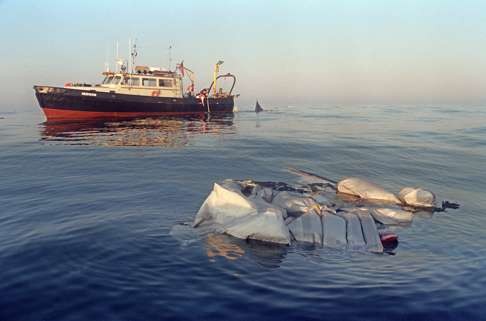Air crash investigator’s ‘zombie flight’ theory on MH370 mystery

On August 14, 2005, a Boeing 737 flying from Cyprus to Athens ran out of fuel and crashed into a mountain after being airborne for more than two hours. The disaster that struck Helios Airways Flight 522 began five minutes after take-off when, at 3,657 metres (12,000 feet), a warning noise alerted the pilot that the cabin altitude had exceeded 3,000 metres amid a drop in pressure. The same alarm sounds on the runway if the plane is incorrectly set for take-off, but neither the pilot nor co-pilot appeared to be aware the noise was a warning.
Even when the oxygen masks dropped a couple of minutes later, they didn’t make the connection. For eight minutes they communicated with the operations centre in Cyprus, and the men on the ground became increasingly confused.
It transpired that the pilots were suffering from hypoxia – a lack of oxygen. Sometimes a plane loses cabin pressure – either slowly through a broken seal, for example, which will cause those inside to feel dizzy and lightheaded before becoming incapacitated; or suddenly – rapid decompression – which can lead to a violent end. In the case of Helios 522, it was a slow loss of pressure, and the pilots didn’t realise they were suffering from hypoxia.

Negroni believes that what happened to Helios 522 can shed light on the fate of Malaysian Airlines flight MH370, which disappeared on March 8, 2014, with 239 people after taking off from Kuala Lumpur en route to Beijing.
